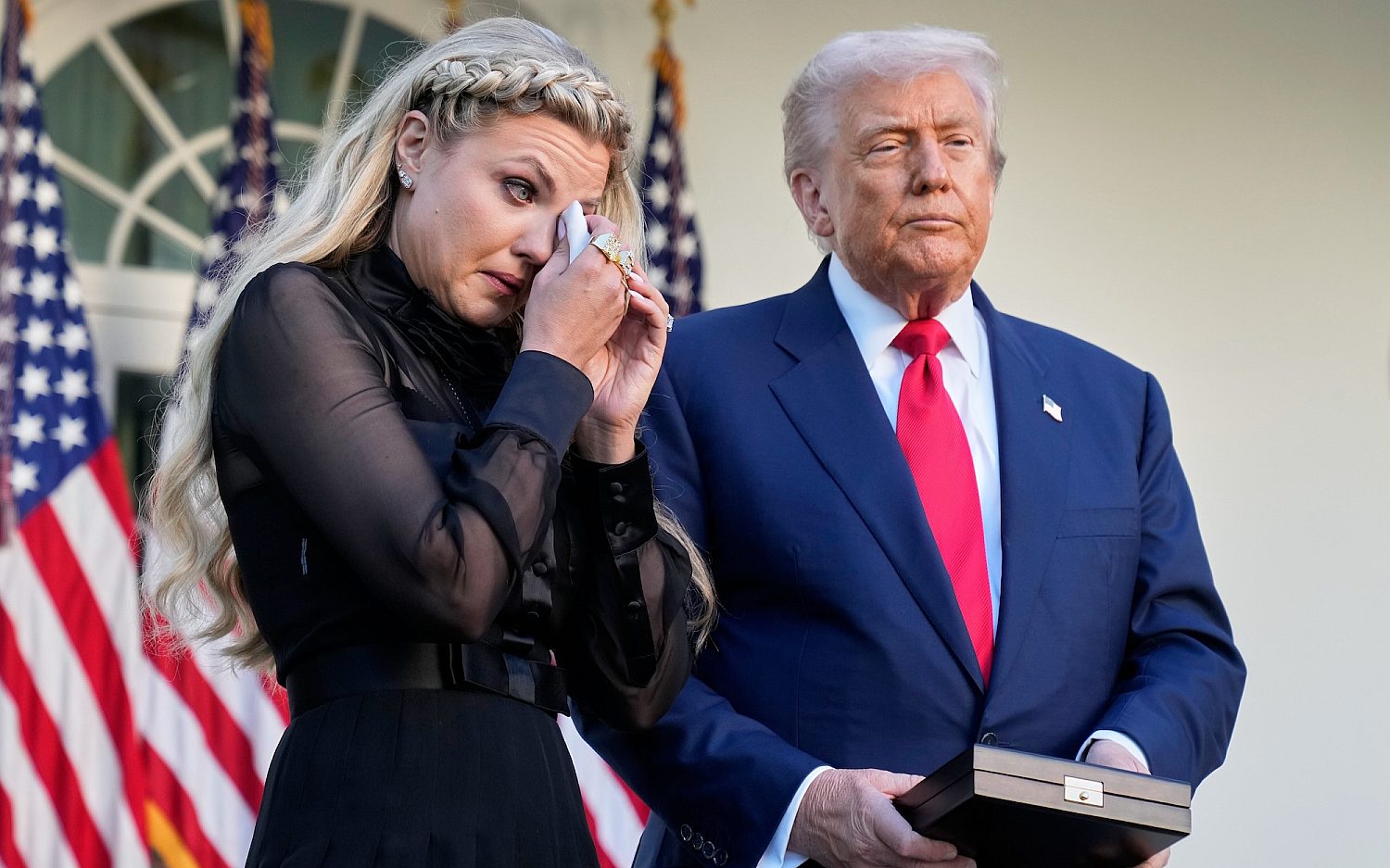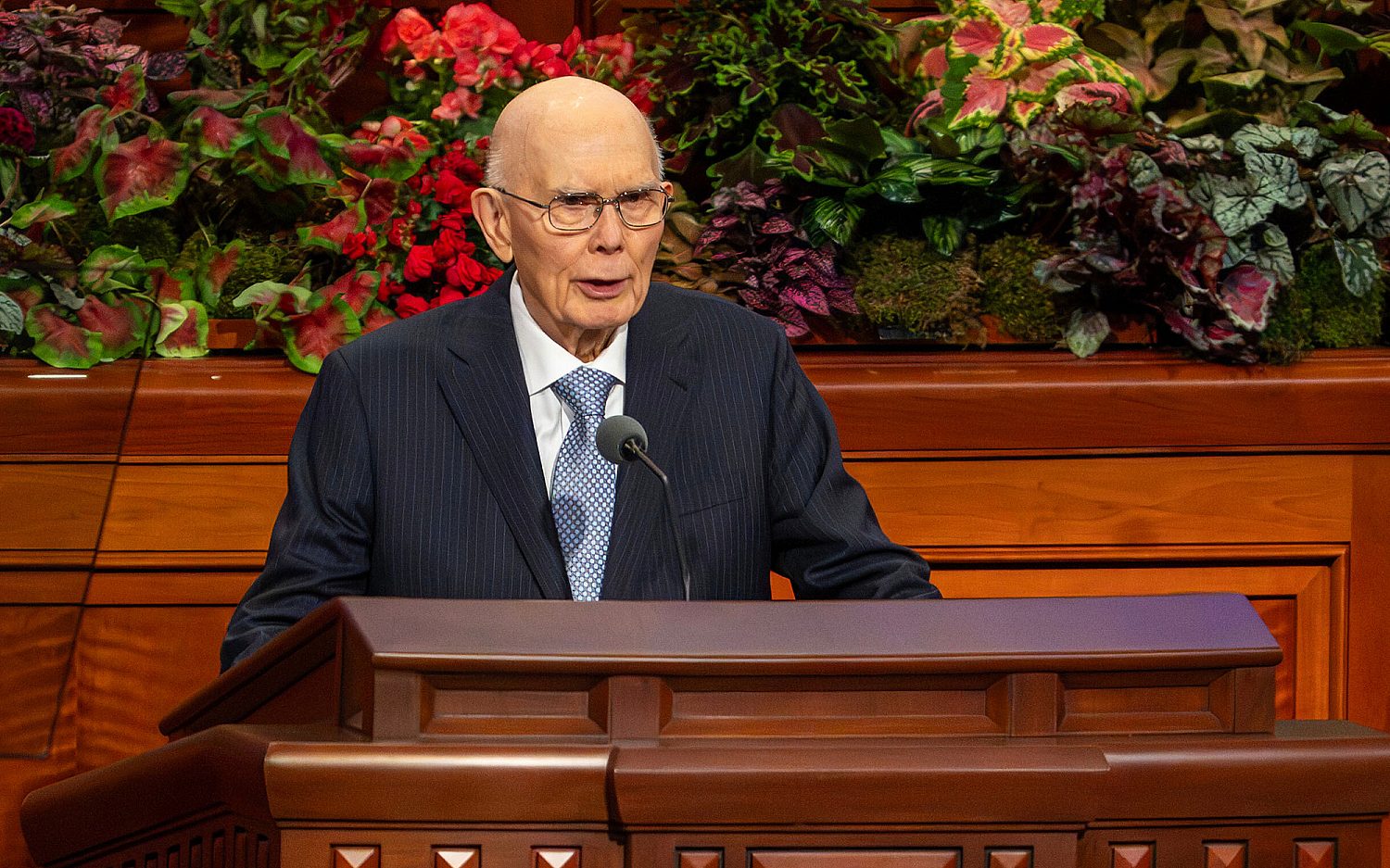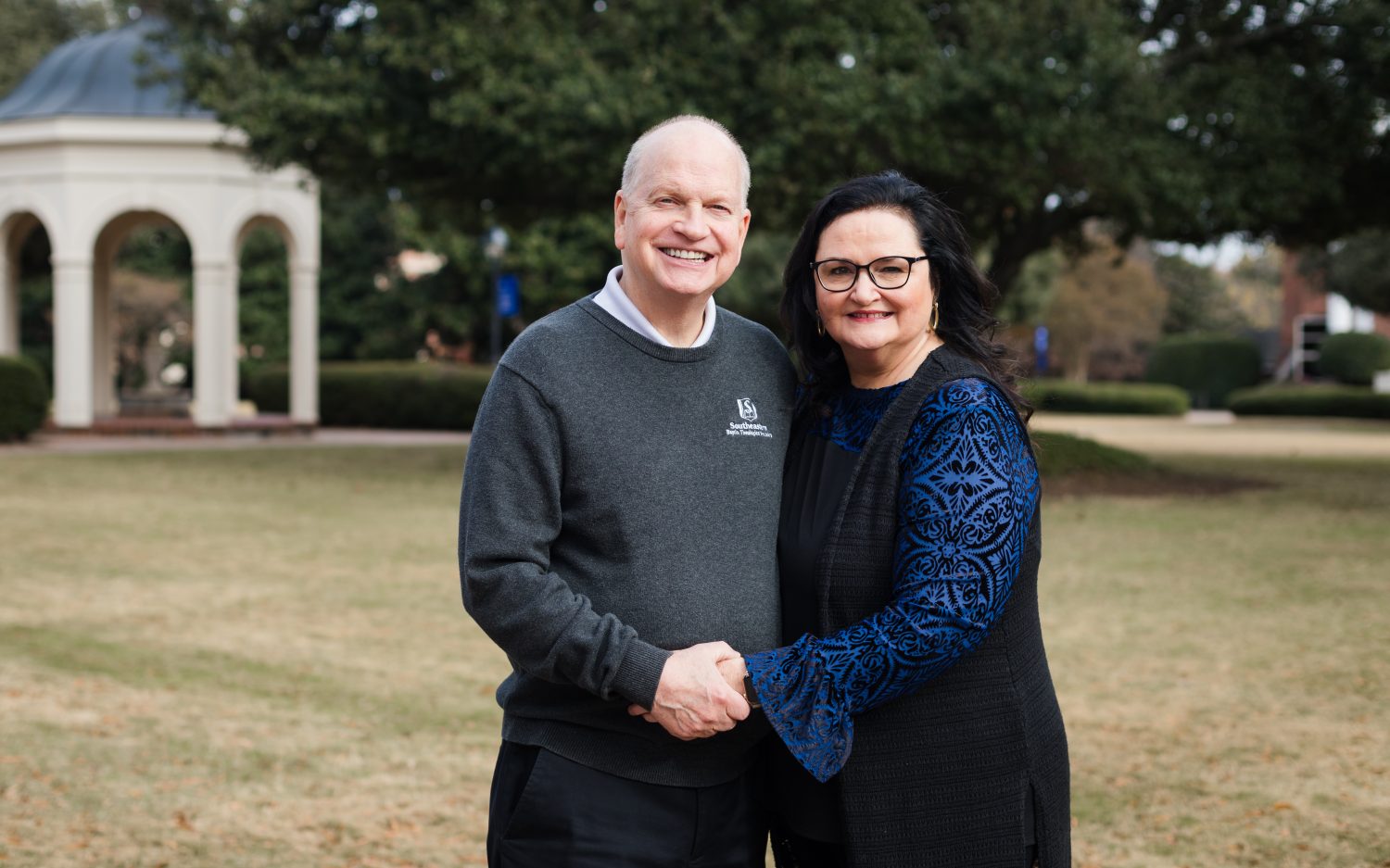The CDC (finally) has a plan for Ebola
By the time the Centers for Disease Control and Prevention (CDC) released its guidance for hospitals treating Ebola patients earlier this week, the United States had been Ebola-free for 15 days. And it had been exactly four months since the first Ebola patient, Dr. Kent Brantly, arrived in the U.S. for treatment.
In total, American doctors treated 10 people, eight of whom survived, for the world’s deadliest virus, while the CDC played catch-up with its policies and procedures. Along with guidelines for hospitals, the CDC on Tuesday released a list of about 35 hospitals around the country (new facilities are added regularly) that have the capability to treat Ebola. Notably absent from the list is Texas Health Presbyterian Hospital, where Liberian patient Thomas Eric Duncan died from the disease and two of his nurses became ill with it.
CDC Director Thomas Frieden admitted his agency should have done more when Duncan was diagnosed with Ebola in late September. The CDC has some of the best infection control experts in the country. But instead of sending the hospital the hands-on help it needed to prevent Ebola transmission, the agency only sent 10 epidemiologists who worked on tracking down people in the community who had contact with Duncan before his hospitalization.
Nurses from the hospital, using the group National Nurses United as a mouthpiece, have described how the hospital fumbled over what to do with Duncan. The nurses allege the hospital kept him in an open unit with other patients for hours, sent his blood samples through the hospital’s vacuum tube system, and sent nurses to care for him with minimal protective gear. Those same nurses had other patients, too, whom they could have exposed to Ebola. Two nurses infected with the disease have since recovered. The hospital has not responded to all of the nurses’ claims, though it has admitted missteps in Duncan’s care.
Since then, the CDC has issued piecemeal guidelines for caring for Ebola patients, including what sort of protective gear staff should wear. The plan released Tuesday is a comprehensive, nationwide approach to identifying and treating Ebola patients.
If the new CDC guidelines had been in place and followed when Duncan showed up at Texas Health Presbyterian, he likely would have been transferred to an Ebola treatment center—the closest one on the list is Methodist Hospital System, also in the Dallas area—within 24 hours.
Despite criticism over his agency’s response, Frieden was right about one thing: The overall risk Ebola poses to the American public is low. Northeastern University’s Laboratory for the Modeling of Biological and Socio-Technical Systems has done extensive analysis of the current Ebola epidemic and updates its estimates regularly. And the Northeastern lab is further distanced (though not altogether independent) from the political pressures the CDC and the World Health Organization (WHO) face to justify their existence—pressures that could give them reasons to inflate their Ebola statistics.
The United States is in the top 12 countries at risk for importing cases of Ebola, according to the Northeastern lab, which ran projections of likely cases appearing outside Africa this month. Even using the most liberal analysis, if infected travelers made it past screening procedures, no more than seven cases are likely to arrive in America given the status of the epidemic in West Africa. And some scientists claim the outbreak in West Africa has peaked, citing the lack of change in the number of new cases per month since September. (The CDC and WHO disagree.)
That low risk might have played a role in the CDC’s toe-dragging approach to Ebola. But that justification has done little to silence the agency’s critics, who say it should have focused more on what was at risk, even though the risk was low. And for that, there’s another statistic: This version of the Ebola virus has a 70 percent death rate, sandwiching it somewhere between AIDS and smallpox on the list of the world’s deadliest diseases.
An actual newsletter worth subscribing to instead of just a collection of links. —Adam
Sign up to receive The Sift email newsletter each weekday morning for the latest headlines from WORLD’s breaking news team.





Please wait while we load the latest comments...
Comments
Please register, subscribe, or log in to comment on this article.